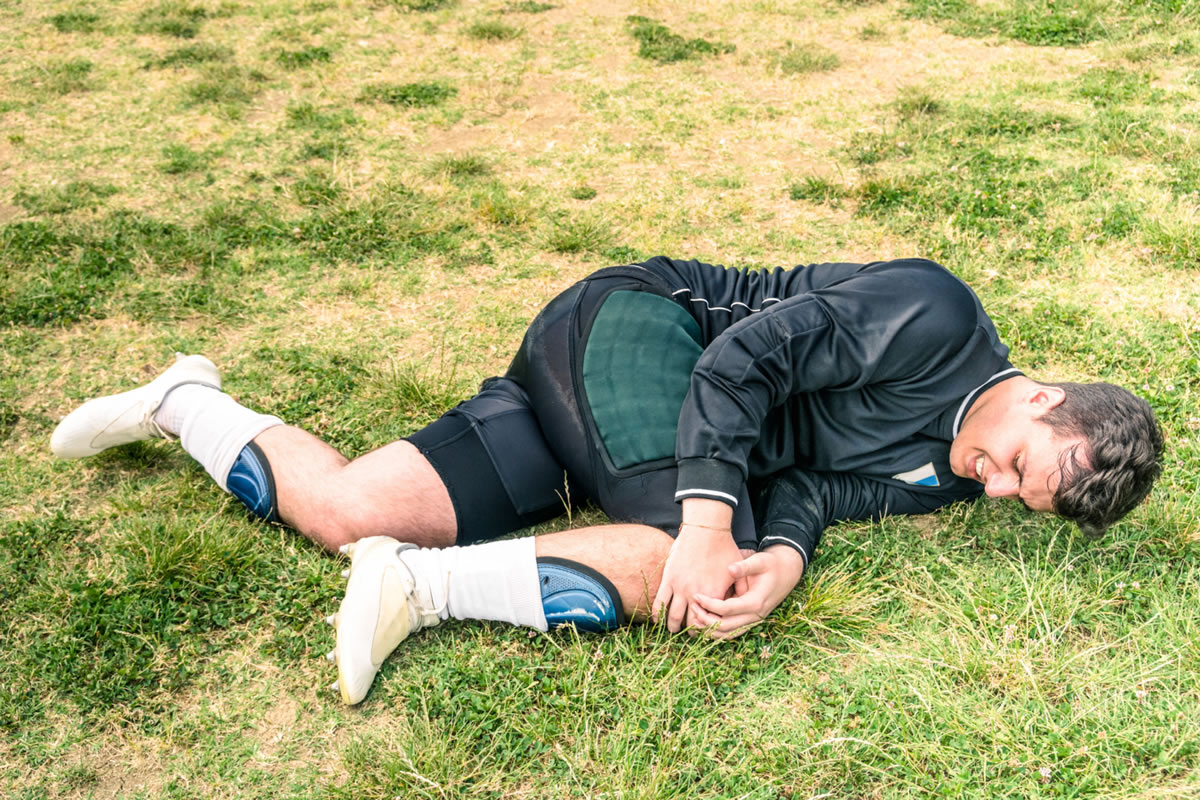
Being an athlete poses challenges that you need to overcome in order to protect your body from injury, stress, and exhaustion. Even the strongest, most agile, and well-trained athletes succumb to injuries that they may worked hard to prevent. In the heat of the moment, accidents can happen that cause bones to break, ligaments to tear, joints to sprain, and tendons to rupture. As an orthopedic surgeon in Deland, our sports medicine specialists work with many athletes that have sustained ACL injuries in their sports. These are a few facts that can help you better understand the risk, prevention, and treatment of ACL injuries.
Your ACL is one of two ligaments in your knee.
The anterior cruciate ligament, or ACL, is one of two ligaments in your knee that connects your knee bone to the femur bone. This ligament is prone to injury because it is responsible for handling the sudden pressure that the knee takes on when you jump, land, and pivot directions. These actions are common in sports like soccer and basketball, but they are performed by almost every athlete in some way.
You may hear a popping noise and notice these symptoms.
When you sustain an injury to your ACL, it is common for people to hear a popping noise. After this, they will start to feel the symptoms of the injury. This involves sharp and severe knee pain, swelling, limited range of motion, tenderness, and instability. Many people will immediately want to stay off their entire leg to prevent any additional pain or discomfort.
There are partial and complete ACL tears.
There are two different levels of severity when it comes to ACL injuries. You can either tear your ACL partially or completely. When you have a partial tear, your ACL will be stretched and partly torn. A complete tear, on the other hand, is when the ligament is torn in half completely.
It often leads to other knee injuries.
When you suffer from a complete ACL tear, it will also lead to other knee injuries. Because you tear the ligament in half, you will then lose stability in the entire joint. This can lead to injuries in the nearby cartilage and ligaments, which can make the injury more extensive and effect the course of treatment.
An MRI will help to diagnose the extent of your injury.
Once you sustain an injury to your ACL, you will want to be seen by a specialist to determine the extent of your injury and the course of treatment they recommend. As an athlete, you will likely want to get back to your sport as soon as your body recovers. Often, doctors will look at your injured knee in comparison with your other knee, and they can typically tell the extent of injury. However, an MRI will confirm the injury and then determine how they will proceed with treatment.
Understanding these facts about ACL injuries can allow you to protect your body when you are playing sports, and it can also help you make the best choices for treatment and recovery. If you are concerned about the stress that your sport puts on your body, you will want to start working with our orthopedic surgeon in Deland. Contact us to hear about our sports medicine expertise and specialty today.